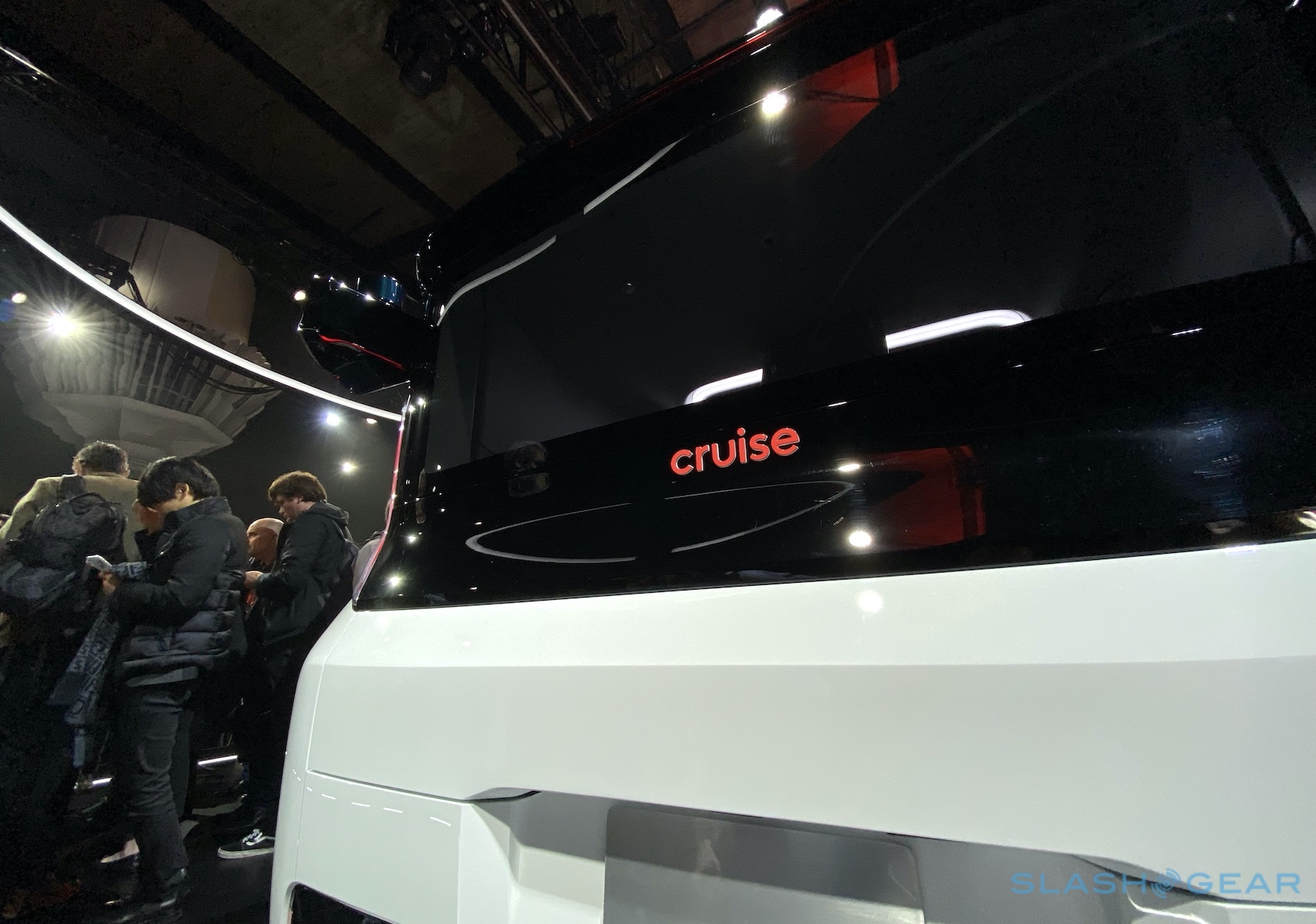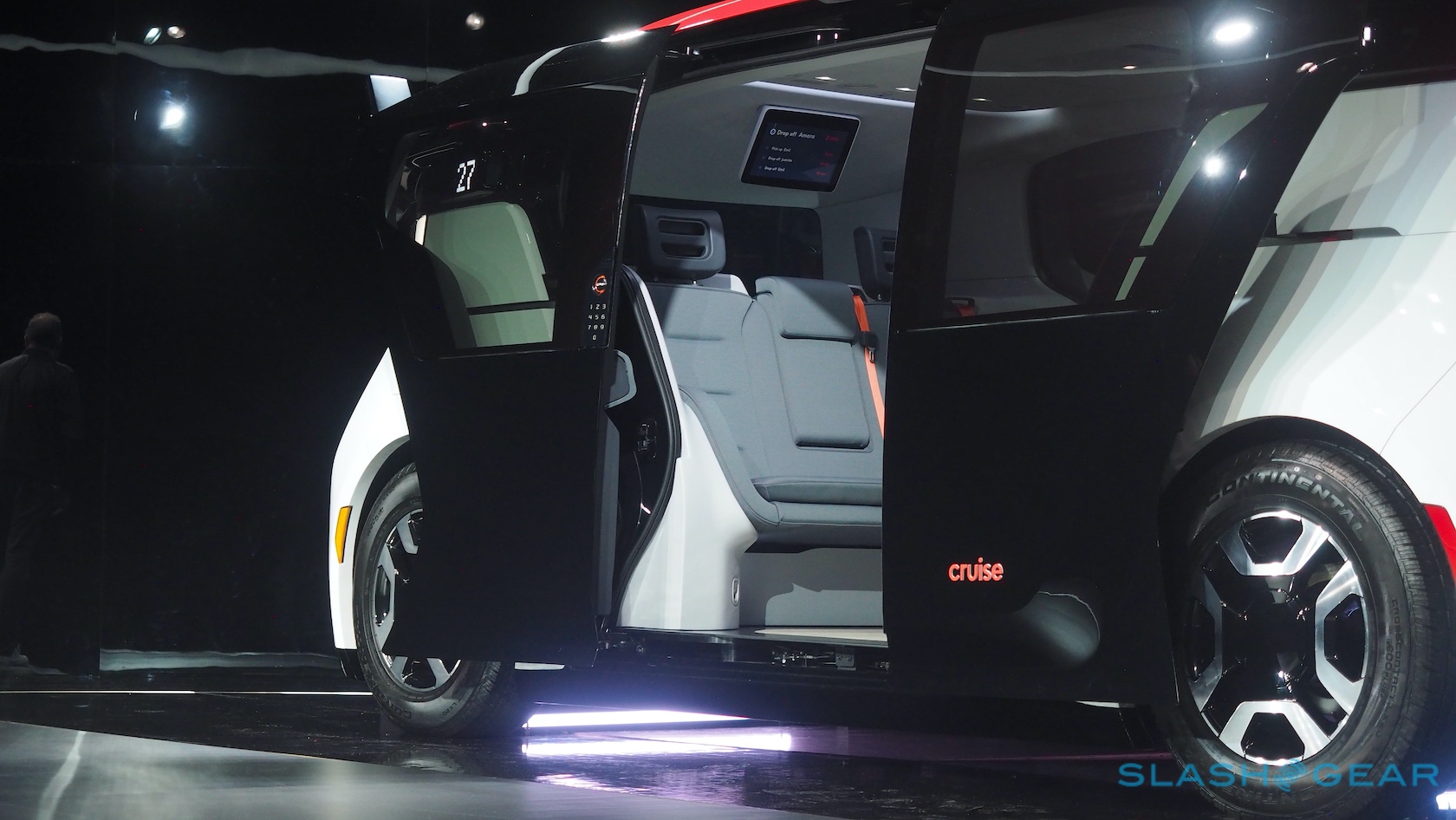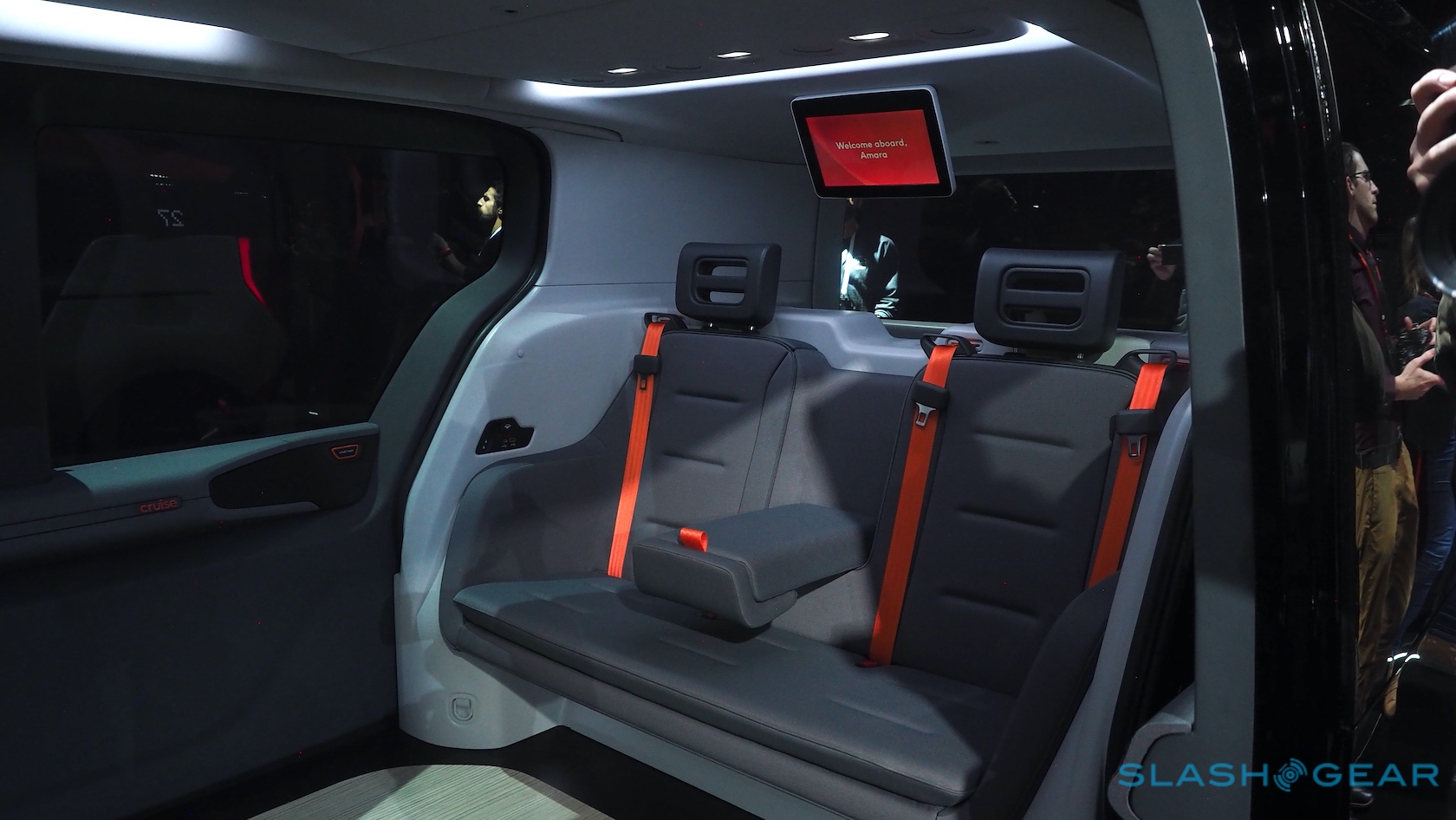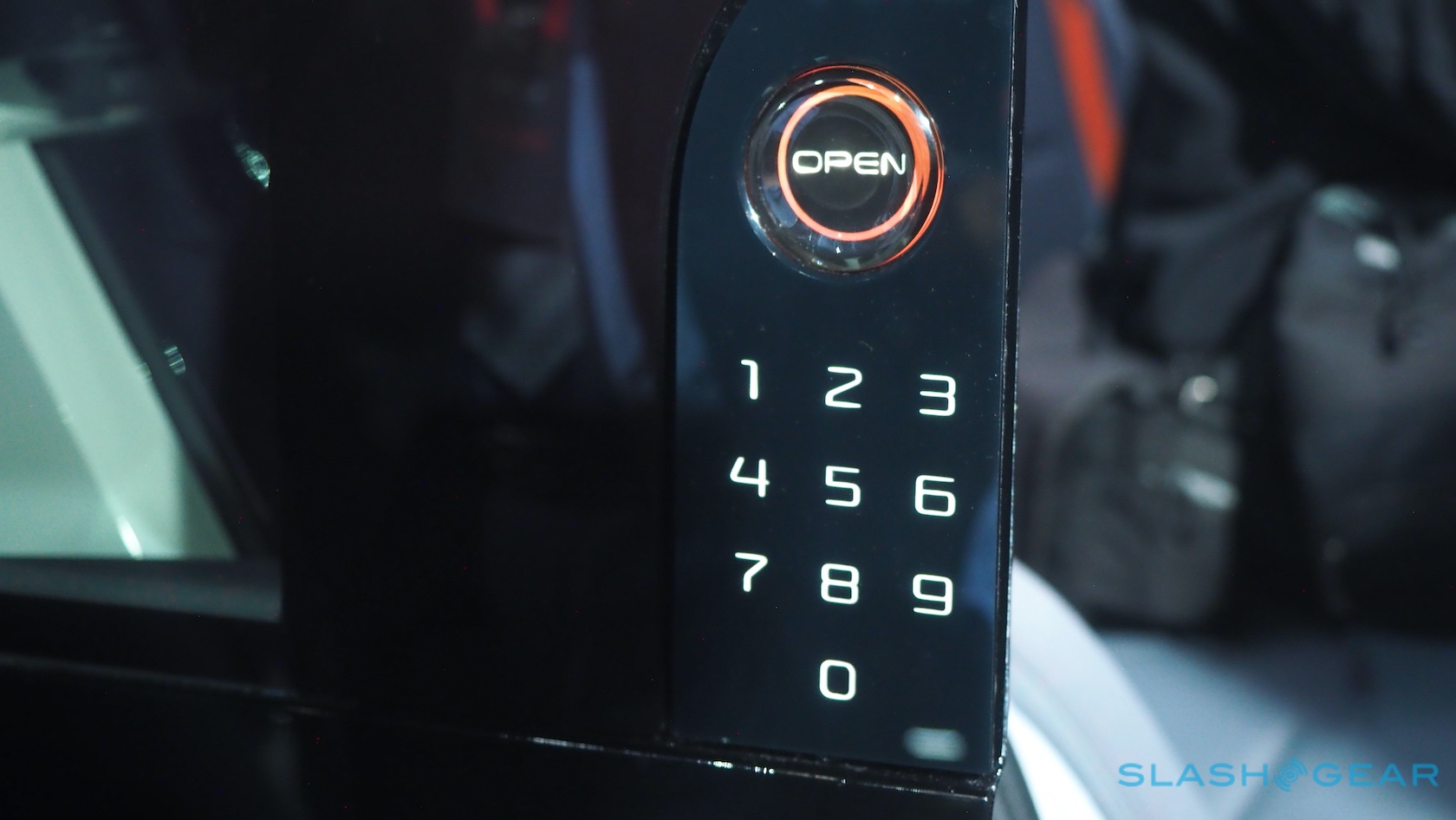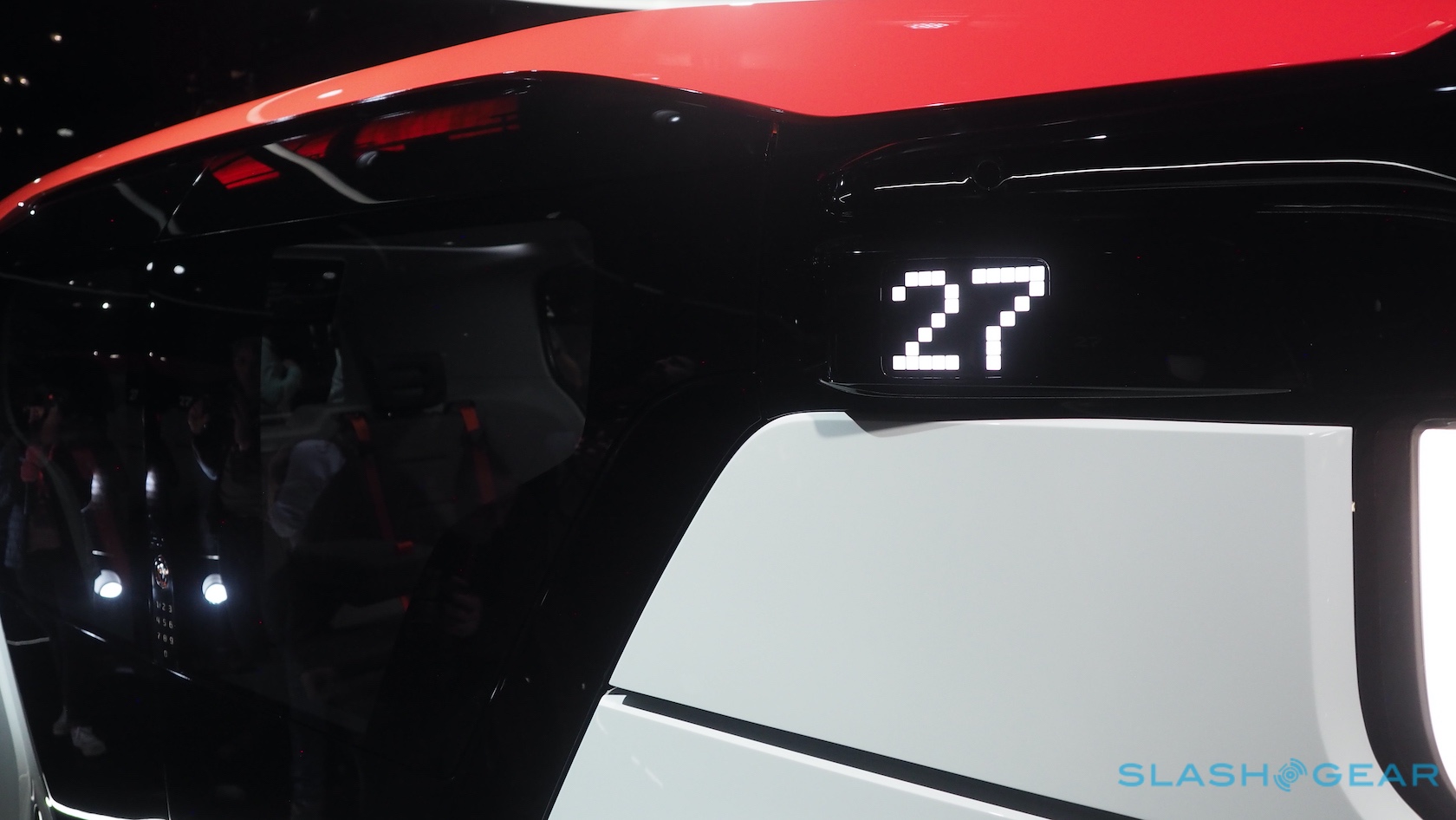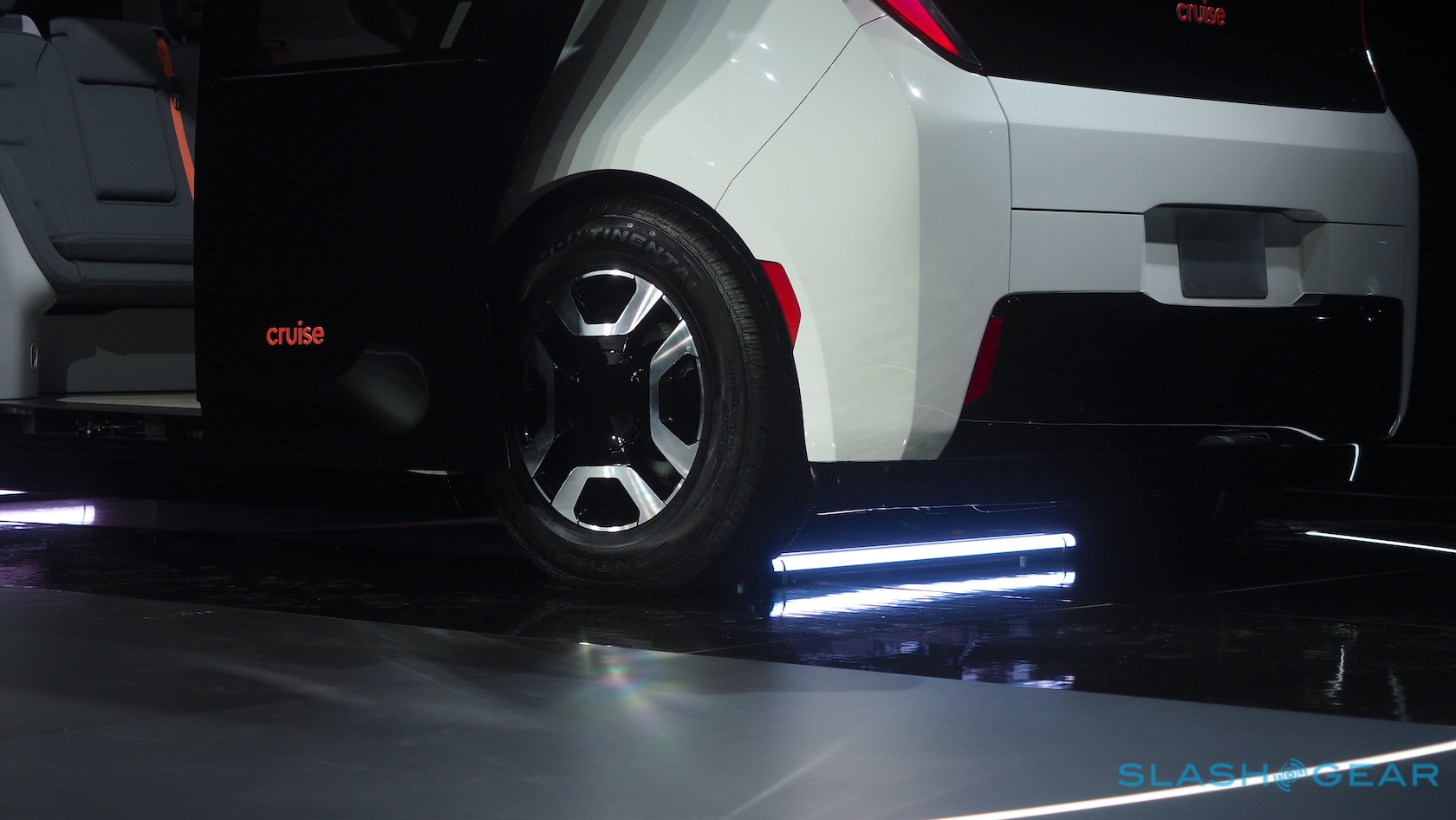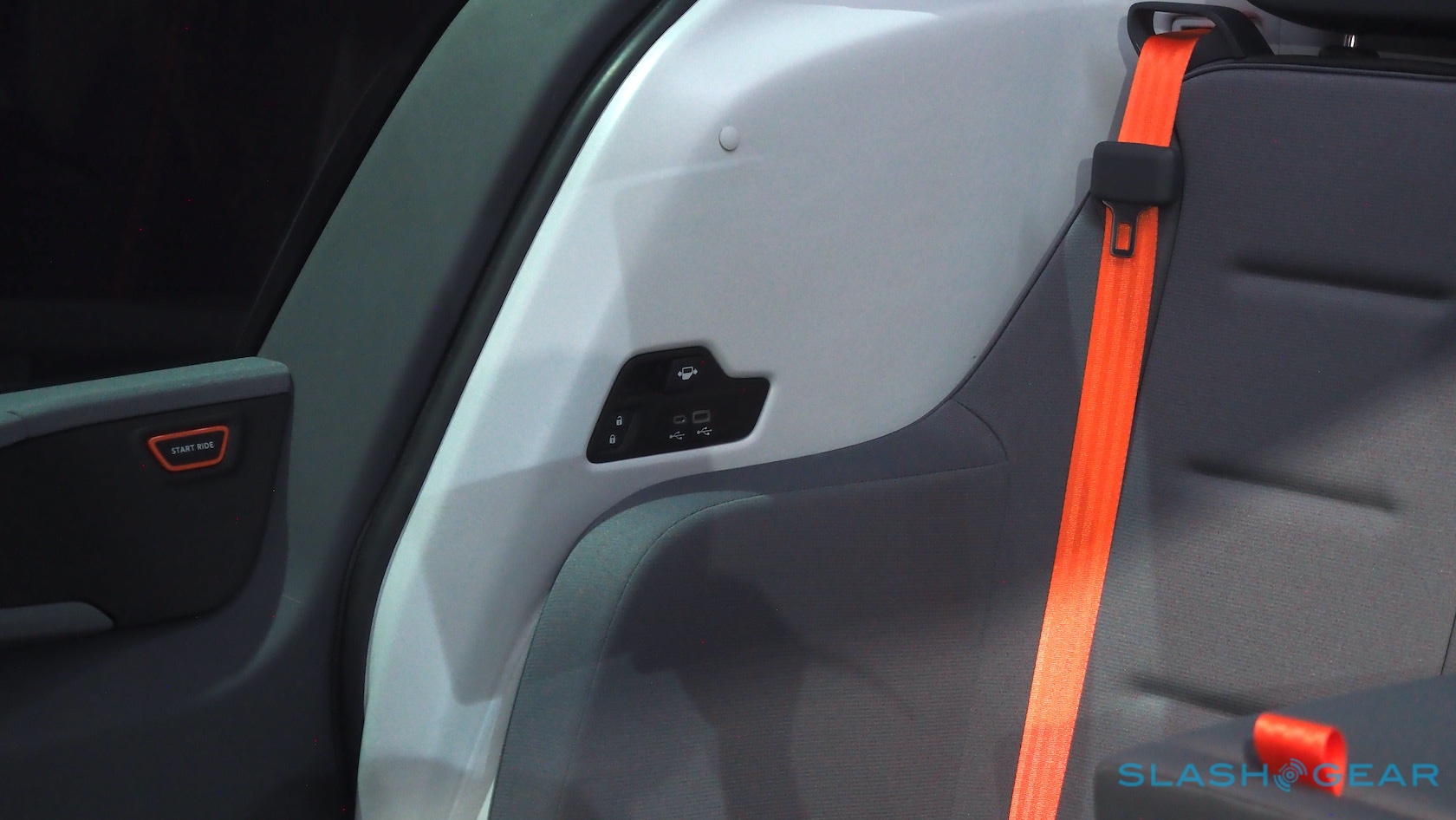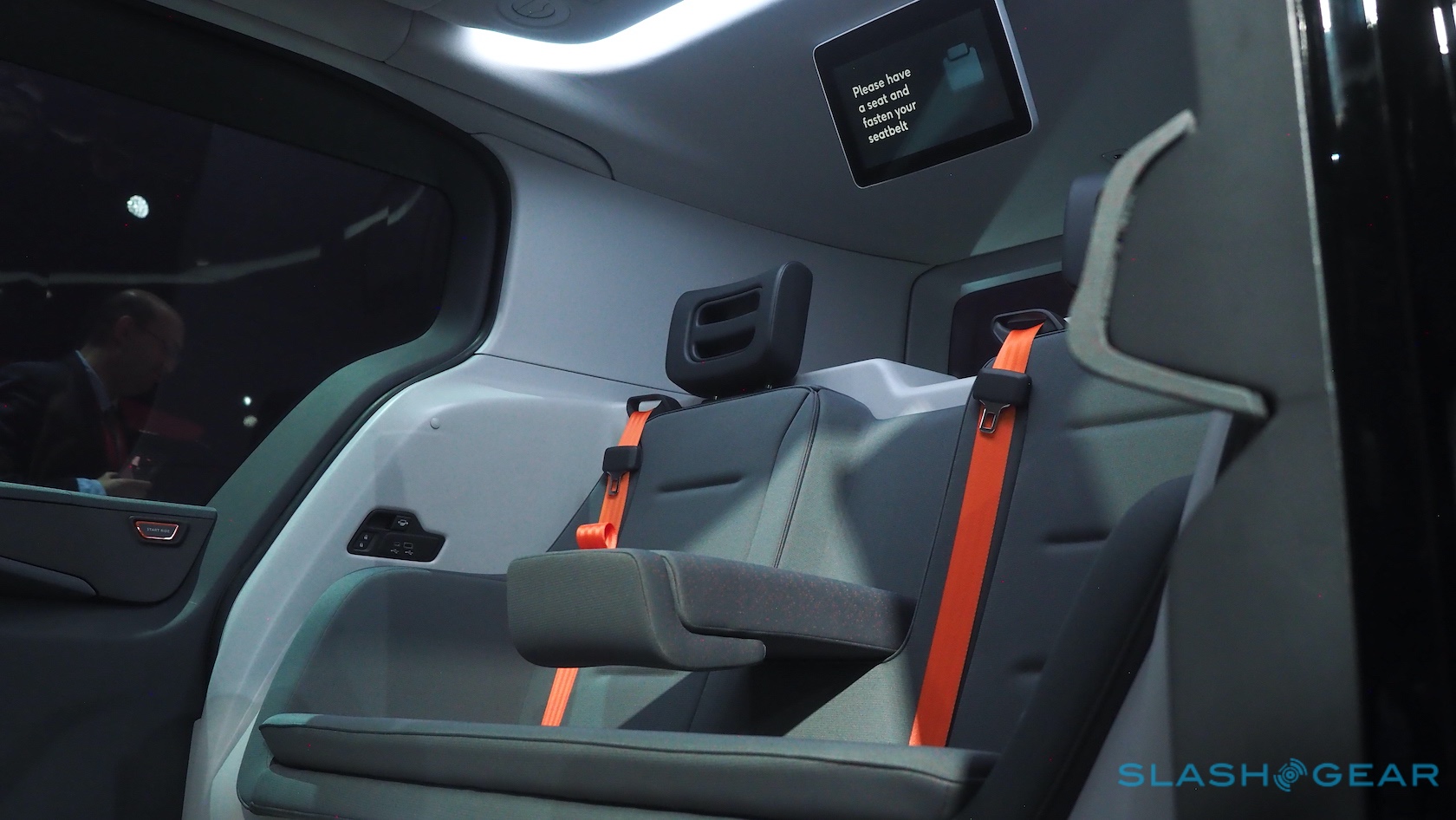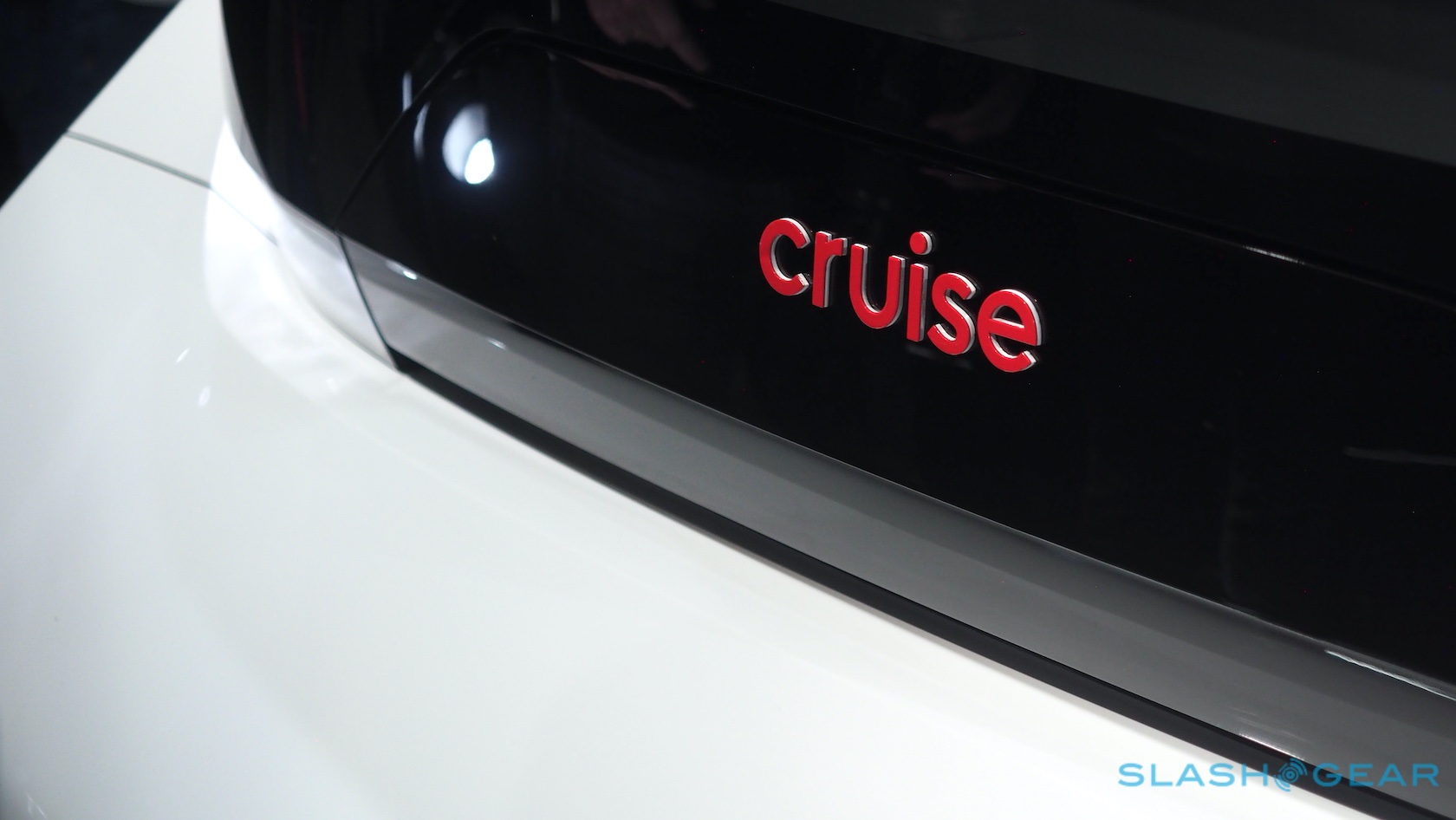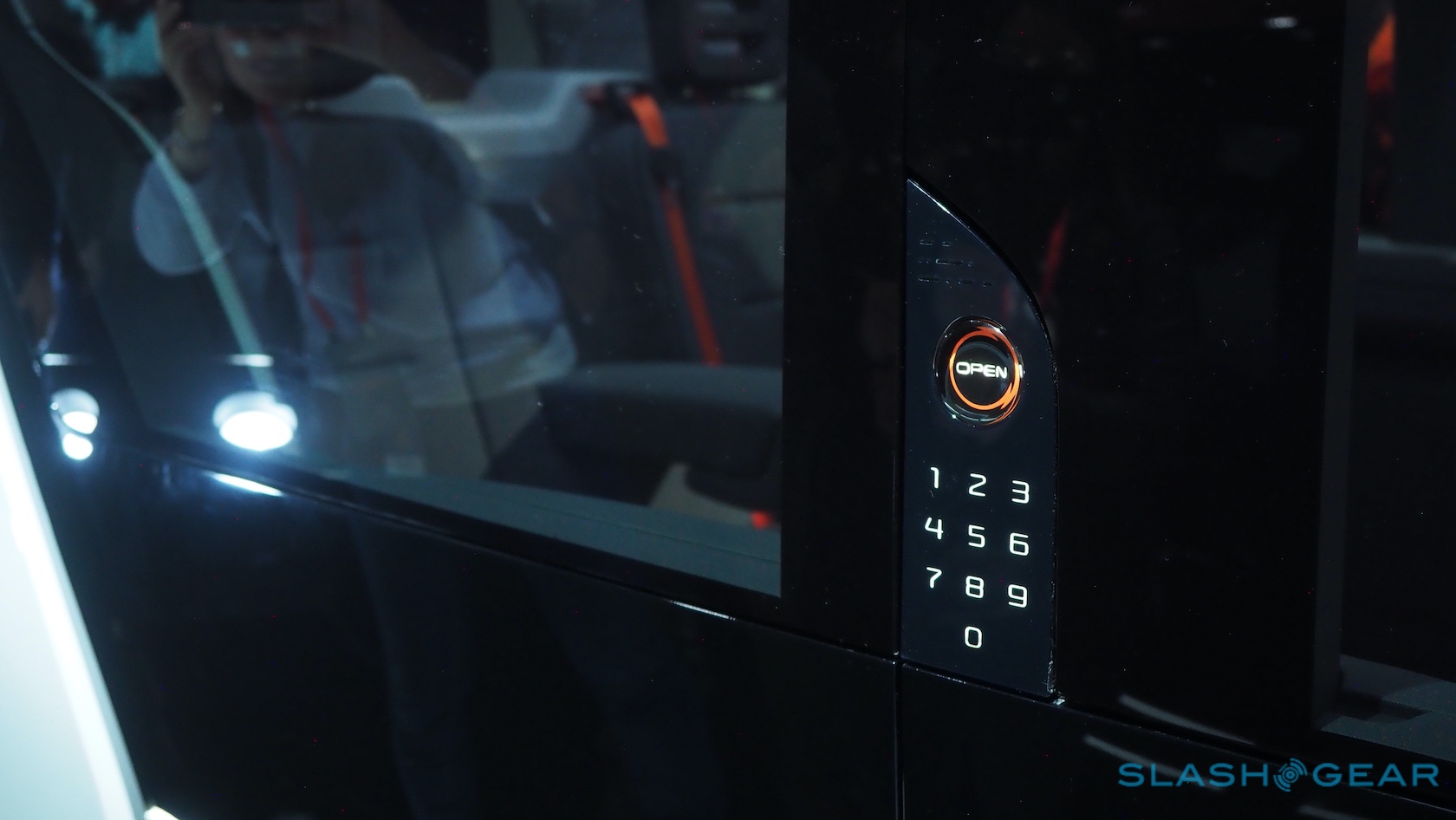This Is Cruise Origin - A Self-Driving EV To Kill Uber, Lyft And Car Ownership Altogether
Cruise doesn't want to sell you an autonomous car, just rent you a seat in one, and the Cruise Origin is the self-driving electric vehicle it believes will coax drivers out from behind the steering wheel. Handiwork of Cruise, General Motors, and Honda, the Origin is no hopeful concept, the trio insists, but an actual production vehicle that will soon be plying the roads.
While GM and Honda may have made their fortunes on the idea of selling – or at least leasing – cars and trucks to individuals and companies, Cruise's concept is very different. Origin will be owned by Cruise, and operated as a ride-hailing service. You'll summon one of the pods via the Cruise app, available 24/7.
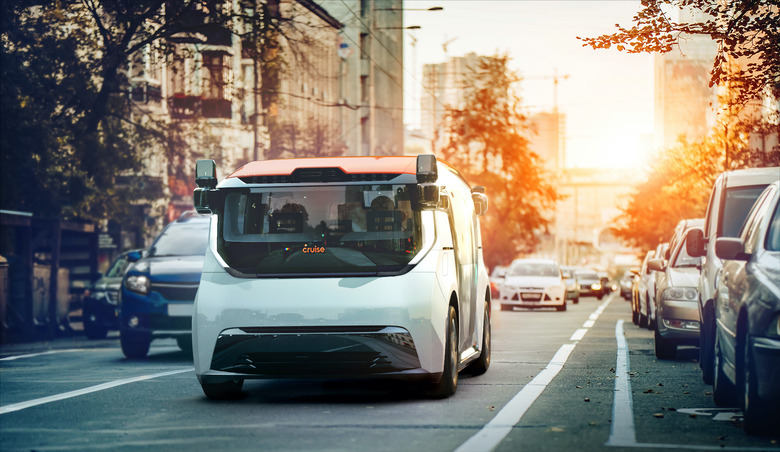
There are some strong financial arguments for that, Cruise argues. In San Francisco for example – where the company has been running a fleet of prototypes for several years now, covering almost a million miles collectively over the past twelve months alone – Cruise estimates that the average person could save $5,000 per year using Origin, rather than having their own car or using traditional ride-sharing services.
An all-electric pod purpose-built for carrying people
Cruise Origin looks big at first glance, but the company says it's actually akin to a regularly-sized SUV. The difference, of course, is that regular SUVs have to accommodate all the traditional components that come with an internal combustion vehicle, and a human pilot. That means an engine, a place to store fuel, and physical controls like a wheel and pedals.
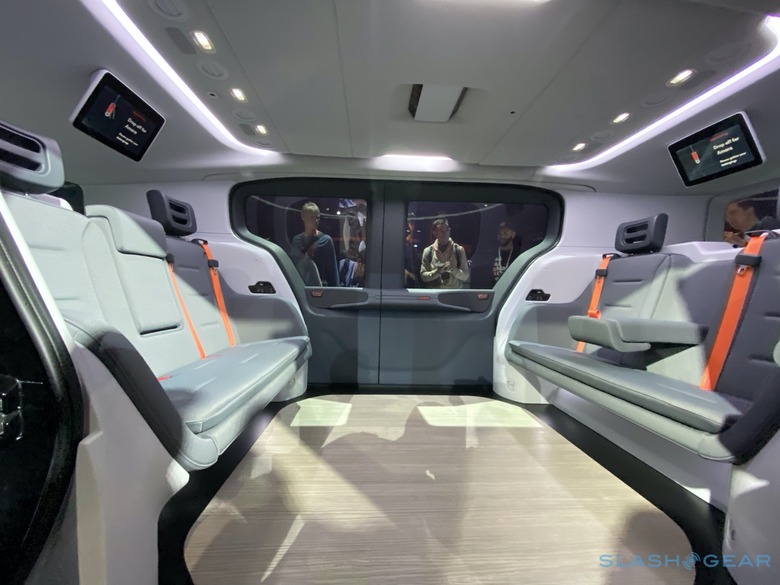
Origin has electric motors, pushed out to the edges of the vehicle, and batteries under the floor. With no user-facing controls whatsoever, it means the whole interior can be dedicated to seating. Two spacious benches, facing each other, but with no shortage of legroom in-between.
Each seat gets a bank of ports to charge their phone or other devices; two displays hanging from the roof show status messages, give you a schedule of pick-ups and drop-offs, and remind you to buckle up. Cruise opted for sliding doors rather than hinged, not just because they look cool but because they won't swing out and inadvertently smack cyclists off their bikes.
Displays on the outside corners can show a number, making it easier to identify which Origin is yours after you order it. The bodywork is modular, so it can be easily repaired if it gets scuffed or should another vehicle crash into it. Indeed modularity plays a big part in the vehicle as a whole, for the redundant powertrain, sensor, and compute suites, which also allow Cruise to progressively update its fleet rather than having to scrap older generations as the technology improves.
Cruise software with GM and Honda engineering
In this first-generation, Origin uses a number of homegrown sensors. Most striking are the two standing up on the upper front corners of the pod, like flat-faced owls. Each can rapidly rotate, to keep different potential obstacles or other challenges – like pedestrians or cyclists – in view. They can see in pitch-black, too.
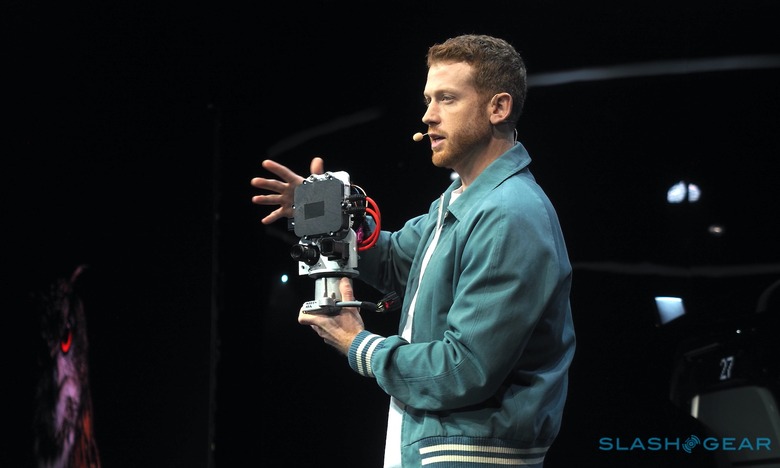
More sensors stud the glossy black bodywork around the car, pushing up into the orange roof panel. They're not invisible, certainly, but neither are they as goofy as the spinning LIDAR sensors we've seen on top of many autonomous vehicle prototypes.
Those traditional sensors typically contribute to the sky-high price of actually building an autonomous car. Cruise, though, is counting on things like owner General Motor's economies of scale to do the trick there. Indeed, it suggests that for the cost of a typical electric SUV – it flashed up a picture of a Tesla Model X by comparison – you could have two Origin.
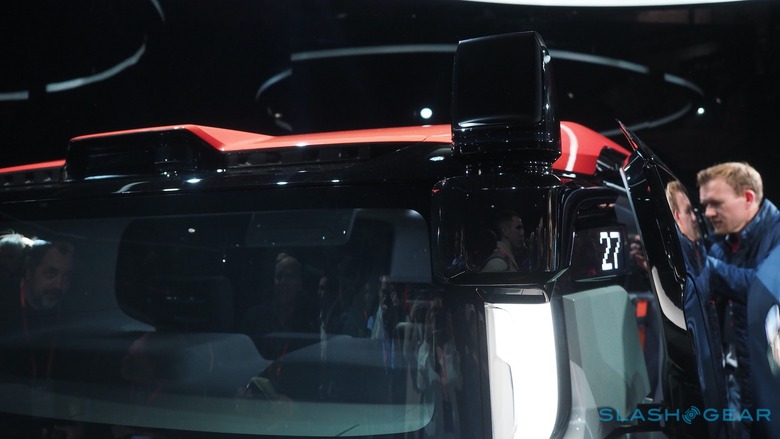
The self-driving pod should last longer, too. Cruise says it's expecting over a one million mile lifespan, though of course since Origin can be trundling around cities 24/7 – except when it's recharging – it should crunch through those miles a lot faster than traditional vehicles. They're often only getting utilized 5-percent of the time.
Plenty of promises, plenty of questions
Cruise is excited, just like lots of companies promising autonomous cars are excited. Certainly there's a lot of appeal in what Origin represents. Calling up a car and not having to make awkward conversation with an Uber or Lyft driver; and not having to worry about them being a safe driver or knowing your route.
At the same time, there are plenty of lingering questions, too. Cruise says it wants to make Origin affordable, but it's unclear how much rides in the autonomous EV might actually cost. Range, charging infrastructure, how the pods will be maintained, and where they'll live when that's all happening is also to be confirmed.
Most importantly, Cruise isn't saying when, exactly, it expects to launch its ride-hailing service. Origin, it insists, is real, and there'll be an announcement soon about where it's being built, but they're all details for further down the line. So, too, are the teasing suggestions of a cargo version, which would swap passenger space for boxes.
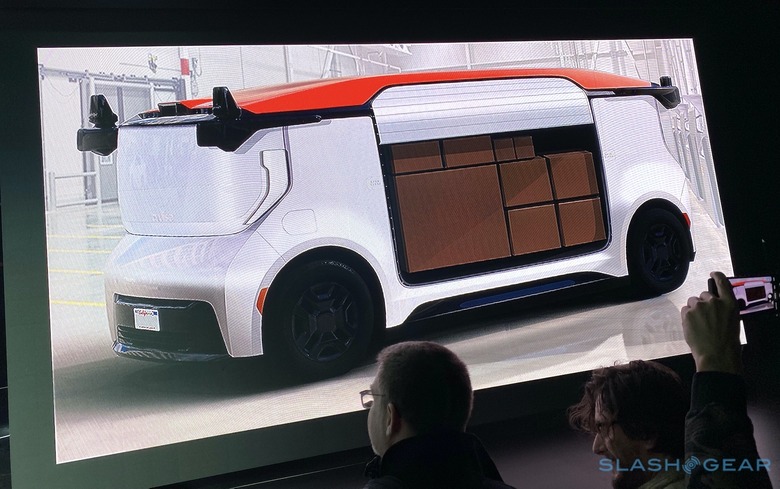
The other lingering question is whether, even as a shared service, individual driverless pods like Origin are truly the answer to urban congestion. Look past the glossy plastic and studded sensors, and it's not hard to see Origin as a little bus. There's a lingering – and not unfair – sense that many people, and Silicon Valley in particular, are still set on reinventing the wheel, when their billions in investment might be better spent on upgrading public transit infrastructure that has long gone neglected by cash-strapped cities.

It's unclear whether even the fanciest bus or train would compel dedicated car-owners to give up their keys. Perhaps, then, Cruise's Origin is a way to at least loosen their grip on them. The oddball pod will need to get wheels on the asphalt before we know just how likely that really is.

